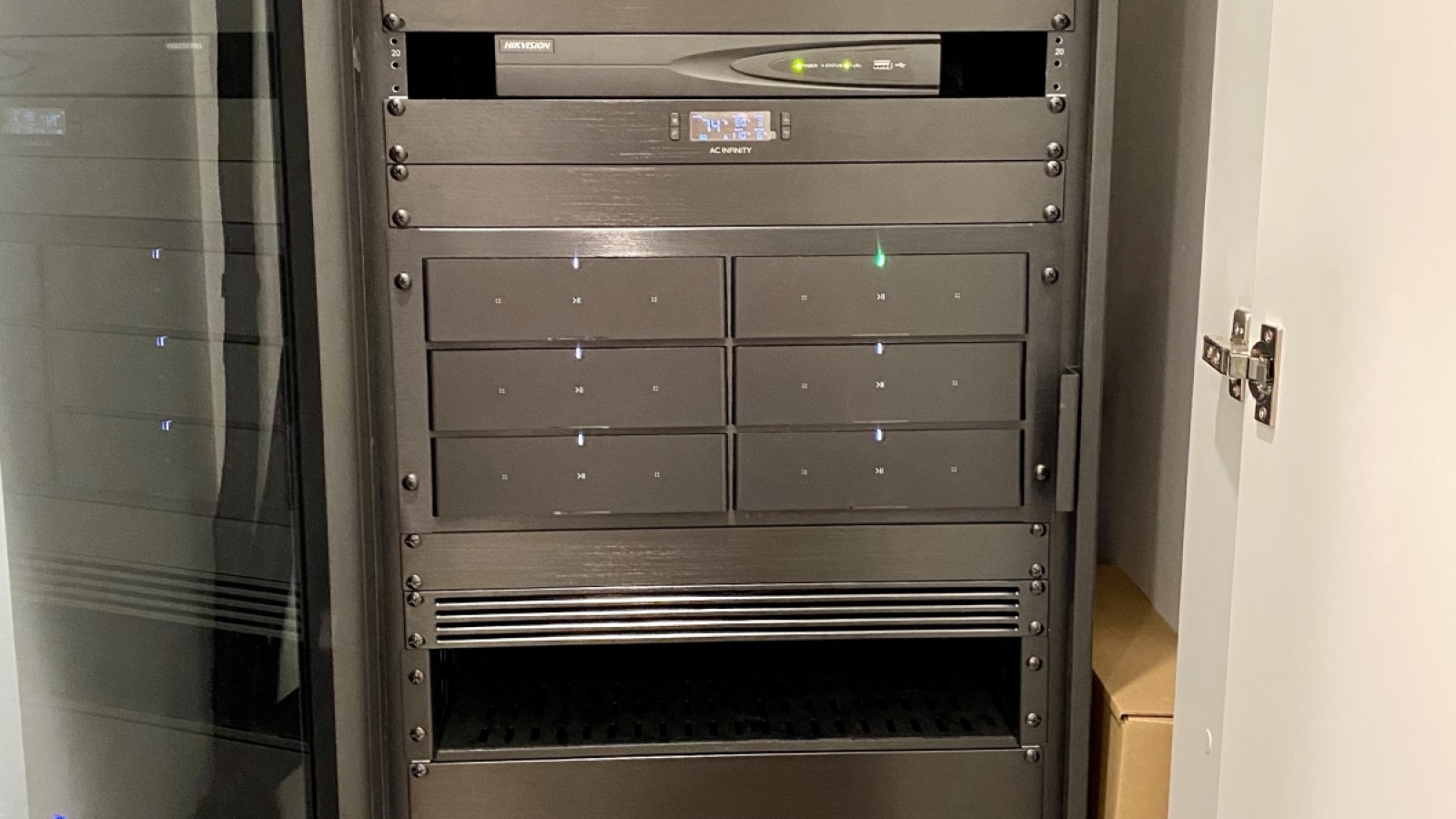In an increasingly connected world, the home network has become the backbone of modern smart homes. Especially in tech-savvy areas like Los Angeles, where the adoption of cutting-edge technology is rapid, having a robust home network is crucial for ensuring reliable operations of numerous connected devices. This article explores the importance of upgrading home networks, with a particular focus on the growing trend towards Multi-Gigabit and Wi-Fi 7 technologies.
Connecting a Growing Number of Devices
As the number of smart devices in homes continues to increase, from smartphones and tablets to smart thermostats, security cameras, and home entertainment systems, the demand for a high-performance network grows. Today, we even see connected toothbrushes and cooking pots, implying a rapid expansion of devices. Each of these devices requires bandwidth to operate smoothly, and older networks can quickly become bottlenecks, leading to slow speeds and unreliable connections. This surge in connected devices necessitates ever-growing processing power in the router, switch, and access points to manage the increased traffic effectively.
The Rise of Multi-Gigabit Networks
One of the significant advancements in home networking is the shift towards Multi-Gigabit Ethernet, including 2.5Gbps, 5Gbps, and even 10Gbps connections. These higher speeds are becoming necessary as households stream 4K and 8K content, participate in high-definition video conferencing, and engage in online gaming simultaneously. Multi-Gigabit networks provide the necessary bandwidth to handle these intensive activities without compromising performance.
The Evolution of Wi-Fi: From Wi-Fi 5 to Wi-Fi 7
Wi-Fi technology has seen significant advancements over the years. Here’s a brief look at the evolution:
- Wi-Fi 5 (802.11ac): Introduced higher speeds and better reliability compared to its predecessors, but it primarily operated on the 5GHz band.
- Wi-Fi 6 (802.11ax): Brought improvements in speed, capacity, and efficiency, supporting more devices simultaneously and reducing latency.
- Wi-Fi 6E: Extended Wi-Fi 6 capabilities into the 6GHz band, providing additional channels and reducing congestion on the 2.4GHz and 5GHz bands.
- Wi-Fi 7: The latest advancement, Wi-Fi 7, supports 320MHz channels, Multi-Link Operation (MLO), and 4K QAM, which together provide unprecedented speed, efficiency, and reliability. Wi-Fi 7 devices are starting to appear on the market, offering twice the throughput of Wi-Fi 6 and better handling of multiple high-bandwidth activities.
Addressing Network Bottlenecks with Advanced Access Points
One of the critical challenges with older Wi-Fi technologies is that slower devices can drag down the performance of the entire network. Upgrading to modern access points that support Wi-Fi 6, 6E, and 7 can alleviate this issue. These newer access points can utilize the 5GHz and 6GHz bands for newer devices, keeping older, slower devices on the 2.4GHz band, thereby optimizing overall network performance.
Enhancing Home Security and AV Experiences
A robust network is essential not just for convenience but also for security. Modern home security systems, including 4K surveillance cameras, require significant bandwidth for real-time monitoring and recording. A strong network ensures these systems operate reliably, providing peace of mind.
Additionally, for home entertainment enthusiasts, a high-performance network allows for seamless streaming of 4K and even 8K content and lossless audio, delivering a superior viewing and listening experience.
Conclusion
As the demand for high-speed, reliable home networks continues to grow, particularly in tech-forward regions like Los Angeles, upgrading to Multi-Gigabit and Wi-Fi 7 technologies is becoming essential. These advancements ensure that the increasing number of connected devices can operate smoothly without causing network congestion or delays. Investing in modern network infrastructure today will provide a future-proof foundation for the smart homes of tomorrow.


Let us know if you have any questions!